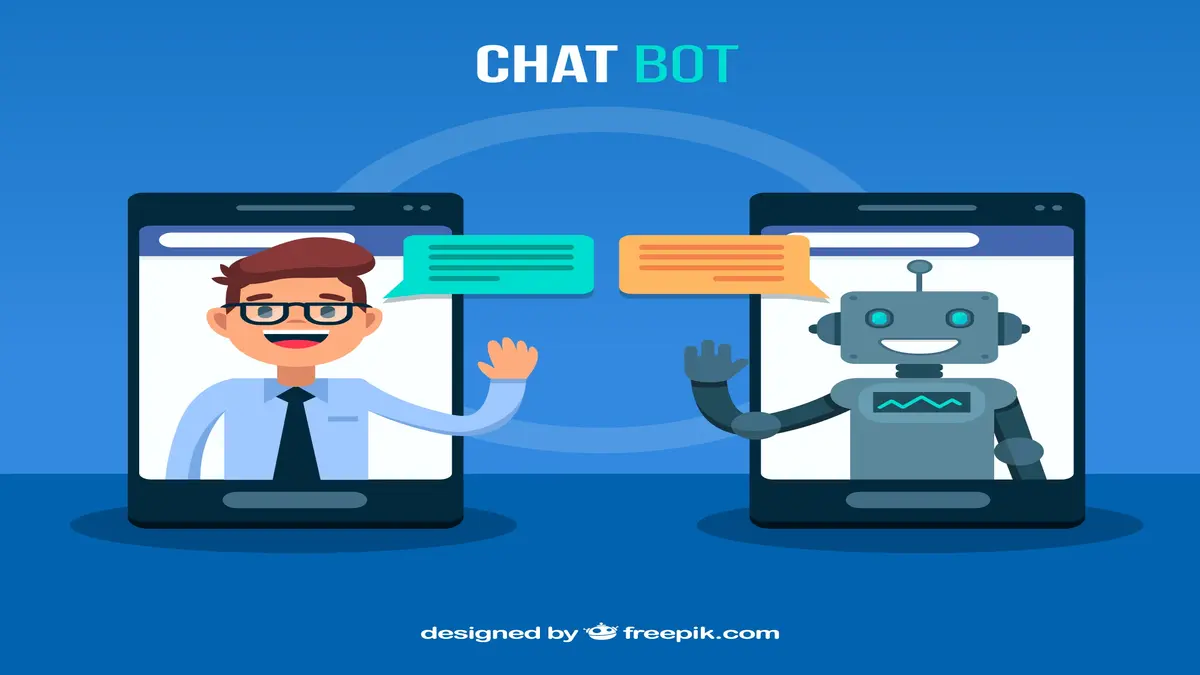Artificial Intelligence is changing the way we work, communicate, and create. From writing blog posts to generating images and even customer service responses, AI is becoming more integrated into our daily lives. But as helpful as it is, AI often lacks one critical element—the human touch. People crave connection, authenticity, and relatability. When AI outputs feel robotic or impersonal, it can break trust and lower engagement. Learning to humanize ai is essential in content creation, marketing, and business communication. In this blog, we’ll explore humanizing AI, why it matters, humanizing AI content, and keeping it natural enough to pass an AI detector. Let’s dive in.
What Does It Mean to humanize ai?
To “humanize ai” means making artificial intelligence appear more natural, empathetic, and relatable. It’s about infusing machine-generated content with elements of human emotion, tone, and thought processes. This involves more than just tweaking grammar—it requires a deeper understanding of storytelling, emotion, and audience intent. Whether you’re writing an email with ChatGPT, creating marketing copy, or automating customer support, the goal is to make the AI sound more like you, not like a robot.
Why It’s Important to Humanize AI Content

There are three big reasons to humanize AI-generated content:
- Improved Engagement: People respond better to conversational, emotionally resonant language. Humanized AI content keeps readers engaged longer and increases the chances of action.
- Stronger Brand Trust: Robotic or generic content can harm your credibility. Humanized content feels more authentic, strengthening brand loyalty and trust.
- AI Detector Avoidance: AI detectors are becoming more sophisticated in identifying machine-written content. Adding a human layer helps your content fly under the radar while staying genuine.
How to humanize ai Content in Simple Steps

Now that we understand the “why,” let’s get into the “how.” Here are actionable steps to make your AI-generated content sound more human:
1. Start with a Real Persona in Mind
Always write with a specific audience in mind. Before generating content, clarify:
- Who is this for?
- What do they care about?
- What tone will resonate with them?
Even better—give your AI a character brief. For example: “Write this as if you’re a friendly college professor explaining to beginners.” This will shape the language, style, and structure.
2. Inject Emotions and Personal Anecdotes
AI struggles with conveying emotion or personal experience—so this is where you come in. You can:
- Add emotional adjectives like “frustrated,” “excited,” or “relieved.”
- Weave in short personal stories or hypotheticals.
- Use metaphors and analogies for relatability.
Example: AI version: “Time management is important.” Humanized version: “I used to feel overwhelmed every Monday morning, juggling tasks like a circus—until I discovered time-blocking.”
3. Use Conversational Language
A big part of humanizing AI is making it sound like a conversation. This means:
- Using contractions (“you’re” instead of “you are”)
- Asking rhetorical questions
- Breaking long paragraphs
- Using casual transitions like “So,” “Here’s the thing,” or “Let’s break it down”
This makes your content more engaging and easier to read.
4. Edit for Tone, Not Just Grammar
Editing AI content shouldn’t be about fixing typos but adjusting the tone. Make sure your tone matches your brand voice and target audience. Examples:
- Friendly and casual for blog posts
- Warm and empathetic for emails
- Confident and professional for business reports
Human editors can sense tone better than machines, so always give it a once-over with that in mind.
5. Add Imperfections and Quirks
Ironically, a slight imperfection can make content more human. AI tends to write too perfectly—like a textbook. Add some quirks:
- A dash of humor
- Short, punchy sentences
- Em-dashes or ellipses for dramatic pauses
- Occasional slang or idioms
These imperfections mirror the way people speak and write.
6. Use AI as a Drafting Tool, Not the Final Voice
Think of AI as your brainstorming buddy, not your ghostwriter. Use it to:
- Outline your ideas
- Generate rough drafts
- Suggest headlines or CTA variations
Then go in and infuse your voice. This hybrid workflow is the sweet spot where AI meets authenticity.
7. Test with an ai detector—but Don’t Rely on It Alone
AI detectors like GPTZero, Writer.com’s AI Content Detector, or Copyleaks can help assess how “machine-like” your content appears. But they’re not foolproof. Tip: Use AI detectors to guide you, not scare you. If a paragraph scores high on “AI-likeness,” tweak it by adding:
- More personal tone
- Unique insights
- Custom examples
And always read it aloud to check if it sounds natural.
Also read:
- Google Aims at Misinformation with New Image Search Features
- Top AIO Coolers for Gaming PCs in 2023
- Unveiling the Roblox Phenomenon: Can You Play Roblox PS4?
- The Significance of Business Impact Analysis in Cybersecurity
Case Study: Humanizing a Robotic Paragraph
Let’s take a robotic paragraph and make it more human: AI Output: “Effective communication is crucial in team environments. It helps ensure alignment and reduces misunderstandings.” Humanized Version: “Ever been in a meeting where no one’s on the same page? That’s what happens when communication breaks down. Great teams thrive on clear, honest conversations—without them, things fall apart fast.” Notice the difference? Same core message, but way more relatable.
Industries That Benefit Most from humanize ai

Almost every industry can benefit from humanizing AI, but here are a few where it’s essential:
- Marketing & Copywriting: Humanized AI helps create emotionally engaging content. It improves customer connection and increases conversion rates. Brands can maintain a consistent tone and personality across campaigns.
- Healthcare: Empathetic AI assists in comforting patients during virtual interactions. It can deliver sensitive information more gently and build trust. Chatbots with a human tone improve user satisfaction in telehealth apps.
- Education: AI tutors with a friendly, conversational tone make learning more approachable. Personalized feedback feels more supportive, improving student engagement. Complex subjects become easier to understand with natural language explanations.
- Customer Service: Humanized AI reduces frustration in support interactions. It creates a rapport with customers, mimicking real human assistance. More natural conversations lead to quicker resolution and better loyalty.
- Recruitment: AI can write authentic, relatable job descriptions. It helps companies attract and engage top talent, and humanized communication improves the candidate experience throughout the hiring process.
Adding the human element gives you a competitive edge regardless of your niche.
Future of Humanized AI: A Collaborative Model

As AI tools evolve, so will their ability to understand and mimic human behavior. But rather than replacing human creativity, the future points to collaboration. AI will handle the heavy lifting—data processing, research, formatting—while humans bring the magic: emotion, culture, context, and storytelling. Think of it like this: AI provides the bricks, but you build the house.
Conclusion
AI is powerful, but it’s not personal. You need to humanize your AI content to stand out in a world flooded with generic machine content. From using conversational tone and emotional language to editing for authenticity and checking with an AI detector, these strategies can transform your AI-generated output into something that genuinely resonates with real people. So next time you use an AI tool, don’t just hit “generate”—hit “connect.” Add your voice, your vibe, and your values. Because in the end, technology is impressive, but being human is irreplaceable.
To Get More Updates, Click Here

















